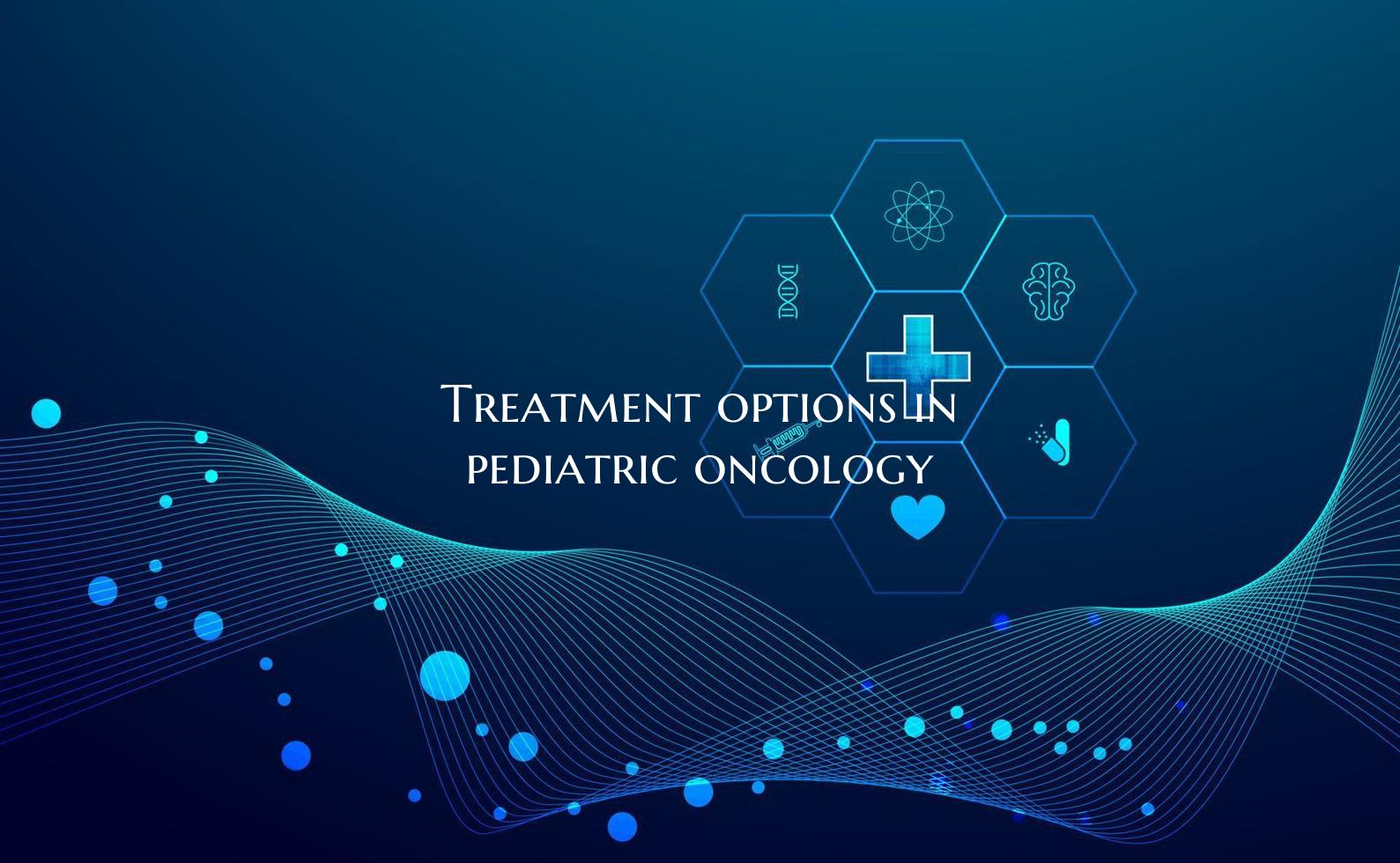
Treatment options in pediatric oncology
Introduction: Pediatric oncology, the branch of medicine that deals with childhood cancers, requires a comprehensive and multidisciplinary approach to offer the best treatment options for young patients. Over the years, advancements in medical science and technology have significantly improved the outcomes for children diagnosed with cancer. This article delves into the various treatment options available in pediatric oncology and the importance of tailoring the treatment plan to each child's unique needs.
1. Surgery: Surgery plays a crucial role in the treatment of pediatric cancers, especially in cases where the tumor can be removed safely without affecting vital organs or functions. Surgical resection is often the first line of treatment for solid tumors and helps in both diagnosing and treating the cancer. Skilled pediatric surgeons perform intricate procedures to excise the tumor while preserving as much healthy tissue as possible.
2. Chemotherapy: Chemotherapy involves the use of powerful drugs to target and kill cancer cells in the body. In pediatric oncology, chemotherapy is frequently used as a primary treatment or in combination with other therapies such as surgery or radiation. While chemotherapy can cause various side effects, advancements in drug formulations and supportive care have made the treatment more tolerable for children, improving their quality of life during and after treatment.
3. Radiation Therapy: Radiation therapy utilizes high-energy beams to destroy cancer cells and shrink tumors. It is a vital component of treatment for certain types of pediatric cancers, particularly those that are localized or have spread to specific areas. Pediatric radiation oncologists carefully plan and administer radiation to minimize its impact on healthy tissues and organs, especially in younger patients who are more sensitive to radiation's effects.
4. Immunotherapy: Immunotherapy is a promising treatment approach that harnesses the body's immune system to target and destroy cancer cells. In pediatric oncology, immunotherapy has shown significant success in treating certain types of childhood cancers, such as neuroblastoma and some forms of leukemia. By boosting the immune response against cancer cells, immunotherapy offers a targeted and potentially less toxic treatment option for pediatric patients.
5. Targeted Therapy: Targeted therapy involves using drugs or other substances to specifically target cancer cells based on their genetic or molecular characteristics. This personalized approach to treatment has revolutionized pediatric oncology by providing more effective and less toxic options for children with certain types of cancers. Targeted therapy is often used in combination with other treatments to enhance their effectiveness and reduce side effects.
Conclusion: The field of pediatric oncology continues to evolve, with ongoing research and clinical trials exploring new treatment options and improving existing therapies. By integrating various modalities such as surgery, chemotherapy, radiation therapy, immunotherapy, and targeted therapy, healthcare providers can offer tailored treatment plans that optimize outcomes and enhance the quality of life for children battling cancer. Collaborative efforts among medical professionals, researchers, families, and support networks are essential in providing holistic care for pediatric oncology patients and advancing the fight against childhood cancers.